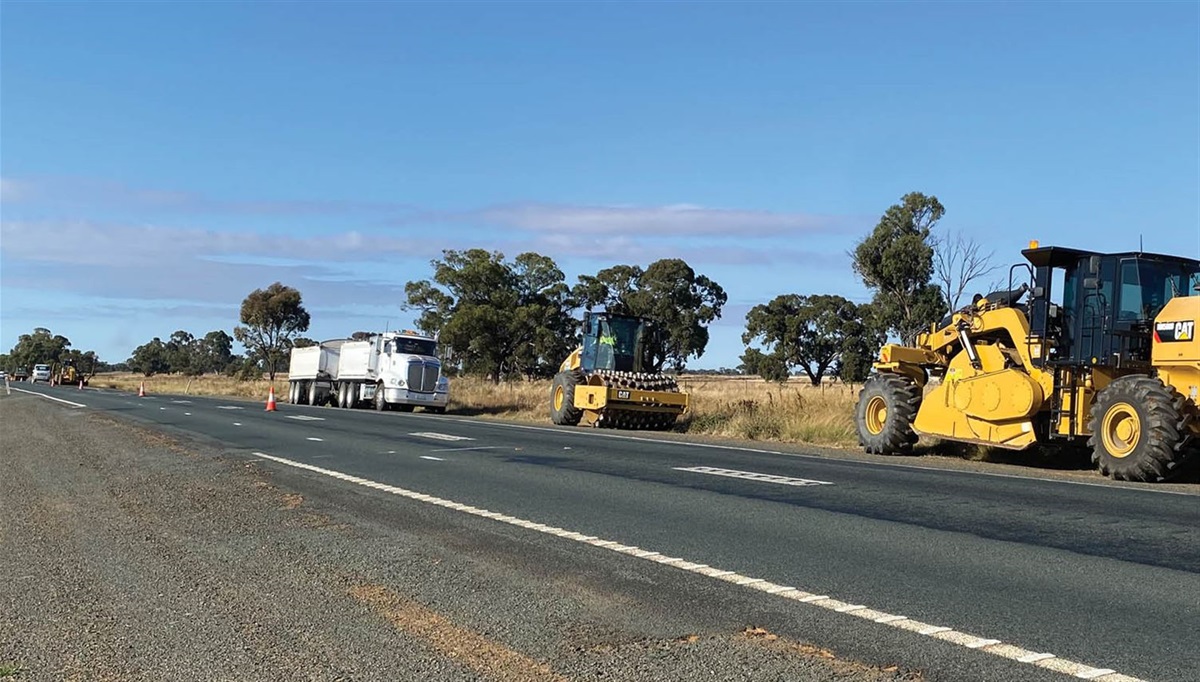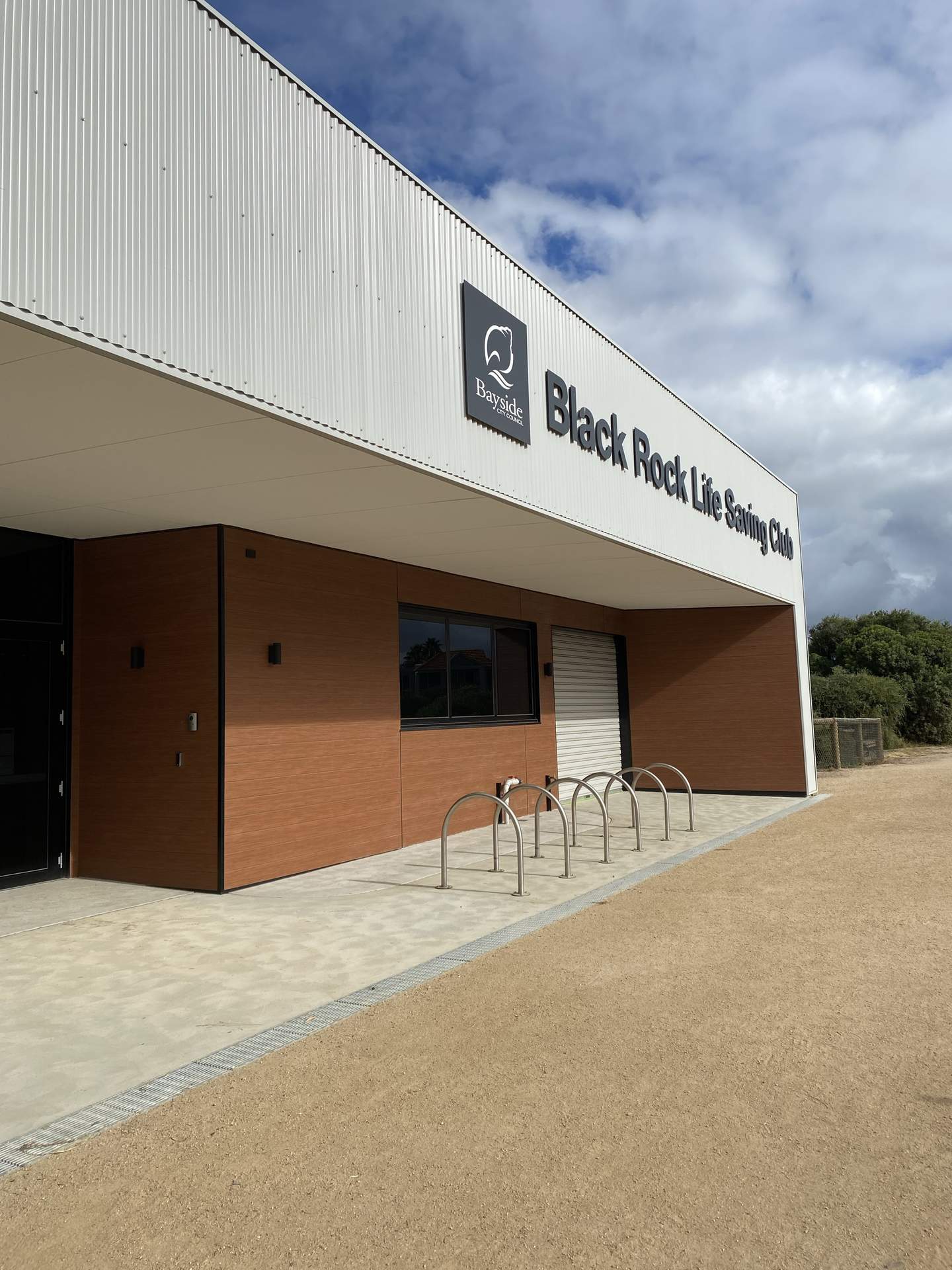- Protected species strategy has no mandatory protections for endangered species except around Cooper Creek and advice on giving turtles CPR
- Strategy has no protection for critical habitats for threatened dugongs, turtles, sawfish and river sharks in Van Diemen Gulf or southern Gulf of Carpentaria
- NT commercial barra fishery less likely to get the Wildlife Trade Operation (WTO) export licence it seeks without addressing risks to threatened species
The Northern Territory Government’s plan to protect threatened and endangered species from the commercial barramundi fishery does almost nothing to protect them, according to the Australian Marine Conservation Society (AMCS), Environment Centre Northern Territory, (ECNT), Keep Top End Coasts Healthy and Humane Society International Australia (HSI).
AMCS shark scientist Dr Leonardo Guida said: “The Northern Territory Government’s plan to protect threatened and endangered species from the commercial barramundi fishery is fundamentally flawed. It’s like Swiss cheese, there are so many holes in it.
“The so-called Barramundi Fishery Threatened, Endangered and Protected Species (TEPS) strategy for this commercial gillnet fishery unbelievably gives almost no protection to threatened and endangered species except around Cooper Creek near Kakadu and a mandatory action requiring giving turtles CPR if they are caught in the nets. Gillnets are indiscriminate killers that entangle endangered species as well as the targeted fish.
“There is no protection for threatened species such as dugongs, turtles, sawfish and river sharks in their most critical habitats in Van Diemen Gulf or the southern part of the Gulf of Carpentaria. These iconic species are also culturally important to Aboriginal Traditional Owners. The barra fishery has lost access to important fishing grounds, which means more pressure on other areas, such as the Roper River, a critical breeding ground for sawfish.
“There are no mandatory actions if fishers catch too many threatened or endangered species in their gillnets, such as moving on to other areas or alerting other fishers in the area – alarmingly, these are only voluntary actions in the TEPS strategy. The only real mandatory action that has any direct impact on protecting and supporting the recovery of a threatened species is giving a turtle CPR if it’s caught.
“The strategy outlines the intention of having electronic monitoring – installing cameras to monitor the catch – of only half the barra fishing fleet by mid-2024, when the fishery should have 100% coverage by the end of the season. We need to know which endangered species are being caught, how many and where.
“The NT’s commercial barra fishery is failing all Territorians who rely on healthy Top End waters, but the NT Government does not want to hear from stakeholders after it ditched the promised public consultation on the TEPS strategy and has not released the environment risk assessment it based the TEPS strategy on.
Environment Centre NT Executive Director Kirsty Howey said: “The NT Government must ensure the environmental issues are resolved, because Territorians depend on healthy Top End coasts for work, play and culture. No one wants to see dead sawfish, turtles or dugongs in commercial gillnets, but that will continue to be the reality with this strategy.”
HSI marine biologist Lawrence Chlebeck said: “The Northern Territory is one of the world’s last remaining strongholds for Critically Endangered sawfish and the NT Government must do everything it can to mitigate threats and facilitate recovery of these fragile populations. The global spotlight is on the NT Government to show leadership to protect some of the world’s most endangered fishes and their home in the NT – one of the world’s last relatively intact tropical coastlines.”
Dr Guida said: “The NT’s commercial barra fishery can be environmentally sustainable, but the window is rapidly closing. There are several key measures that the NT Government must implement, including protecting critical habitats for threatened species such as dugongs, turtles and sawfish in Van Diemen Gulf and the southern part of the Gulf of Carpentaria; and buying back gillnet licences to take into account the loss of important fishing grounds. The government must implement electronic monitoring for the entire fishing fleet to monitor the bycatch of endangered species; and implement alternative fishing methods that pose less risk to endangered species, such as line-caught barra.
“In 2021 the NT Fisheries Division said the commercial barra fishery posed ‘high’ to ‘severe’ risks to threatened species, including dugongs, dolphins and sawfish. The NT barra fishery has severely compromised its ability to get the Wildlife Trade Operation (WTO) export licence it seeks without addressing these risks.”
Recommendations to make commercial barra fishery environmentally sustainable
The NT Government needs to:
- protect critical habitats for threatened species such as dugongs, turtles and sawfish from gillnetting in Van Diemen Gulf and the southern part of the Gulf of Carpentaria;
- buy back gillnet licences to take into account the loss of important fishing grounds so other areas don’t face increased pressure from fishing;
- implement electronic monitoring for the entire fishing fleet to monitor the bycatch of endangered species before the start of the 2025 fishing season;
- and implementing alternative fishing methods that pose less risk to endangered species, such as line-caught barra, which is currently being used on the east coast of Queensland.








